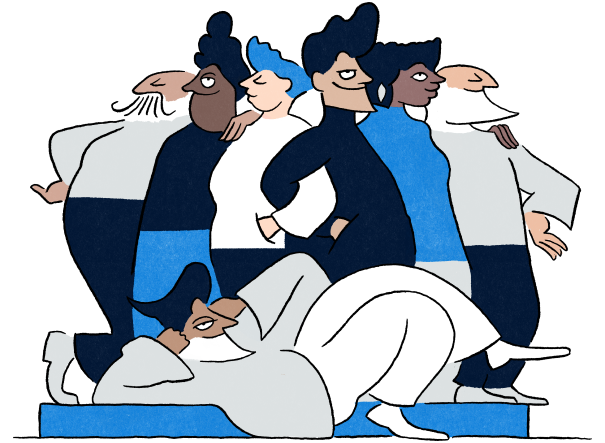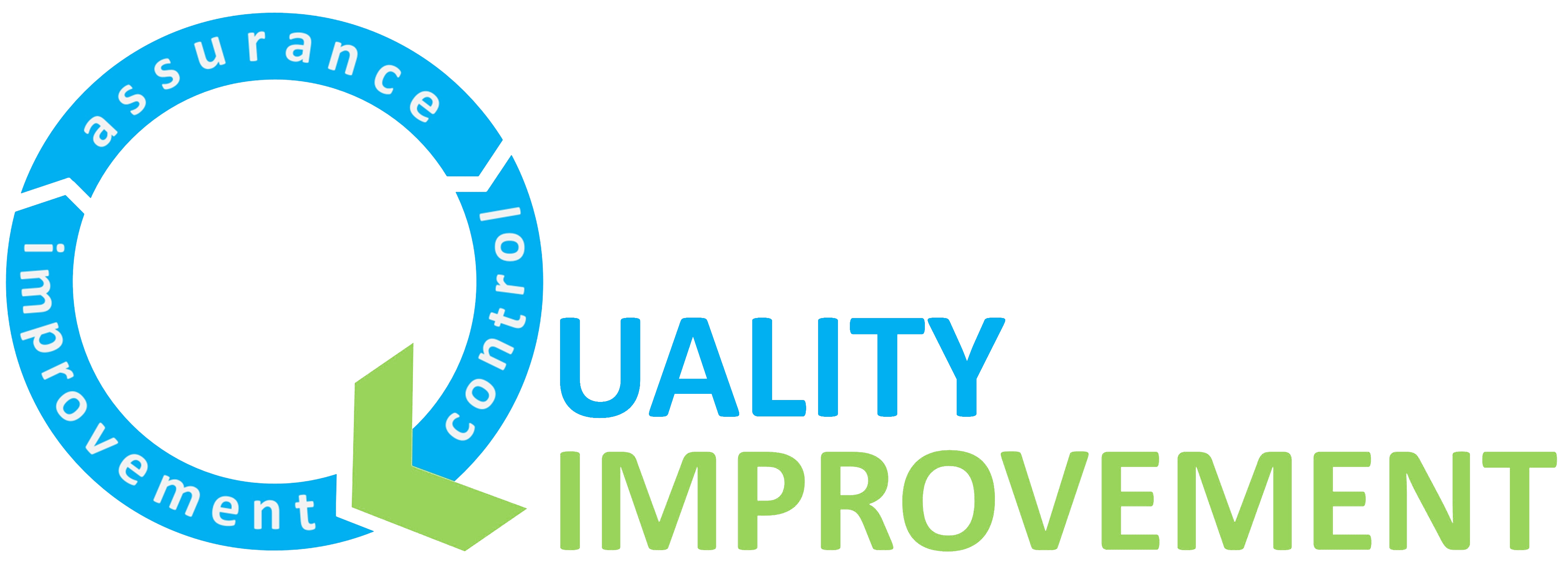Affinity Diagrams
What is it and how can it help me?
Sometimes a brainstorming session can generate so many ideas that it can take a long time for the facilitator to order and analyse them. Affinity diagrams build the grouping and analysis process into the brainstorming session. It is particularly useful when collating a large volume of ideas, and also helps the group to feel that they own the grouping process.
The procedure builds upon brainstorming techniques. In addition to carrying out a ‘silent brainstorm’, the group organises the material in meaningful groupings with appropriate headings.
How does it work best?
How often does your team discuss the same problems over and over again? How often do you think “I’ve tried this before and it didn’t work”? Techniques like affinity diagrams and brainstorming can help you to clarify an issue and think of new ideas .
The use of affinity diagrams encourages people to think inventively and make non traditional connections of ideas. The process promotes greater ownership of results, allowing breakthroughs to emerge naturally.
How do I do it?
- Firstly, phrase the issue under discussion in a full sentence e.g. ‘Why are patients waiting so long for test results?’
- People then silently record their views on post-it notes. As a minimum, use a noun and a verb, ideally there should be four to seven words on each statement
- Randomly display the post-its. Without discussion, the group sorts the post-its into 5-10 groupings. If someone disagrees with a grouping, the post-it can be moved, but without discussion
- Next, create a summary or header card for each grouping to encapsulate the main theme through a rapid team consensus. Avoid one word headers
- Draw and record the finished diagram by connecting all the heading cards with their groupings
- Finally, review the result with the team and other key people (stakeholders).
Tips for using the process
- Aim to reach a consensus on the choice of words. Neutral, positive or negative statements can all work well in addition to solution orientated questions
- A typical affinity diagram would have 40-60 items, but could have100-200 ideas depending on the complexity of the problem
- Large groups of post-its may need to be divided into sub groups
- You may find it helpful to move headers and groups into a logical sequence.
When should it be used? - You can use an affinity diagram at any stage of an improvement project, particularly if you anticipate a large volume of ideas. The silent approach to brainstorming is also useful if there are very noisy and or very quiet members of a group.
What next?
This will depend upon why you are using this technique, what you want to get out of it and how it went. You should ensure that either you, or members of the group, follow up the ideas and tell the rest of the group what happened as a result. If you are trying out a new idea, small tests of change are a useful way of initiating action quickly.
If you are using the tool to identify the cause of delay, you may find it useful to capture the output in the form of a cause and effect diagram.
Sources
TIN, now the East Midlands Improvement Network, and Dave Young
© Copyright NHS Institute for Innovation and Improvement 2008
Follow QI on social media
To keep up to date on the latest concerning QI at ELFT, follow us on our socials.



